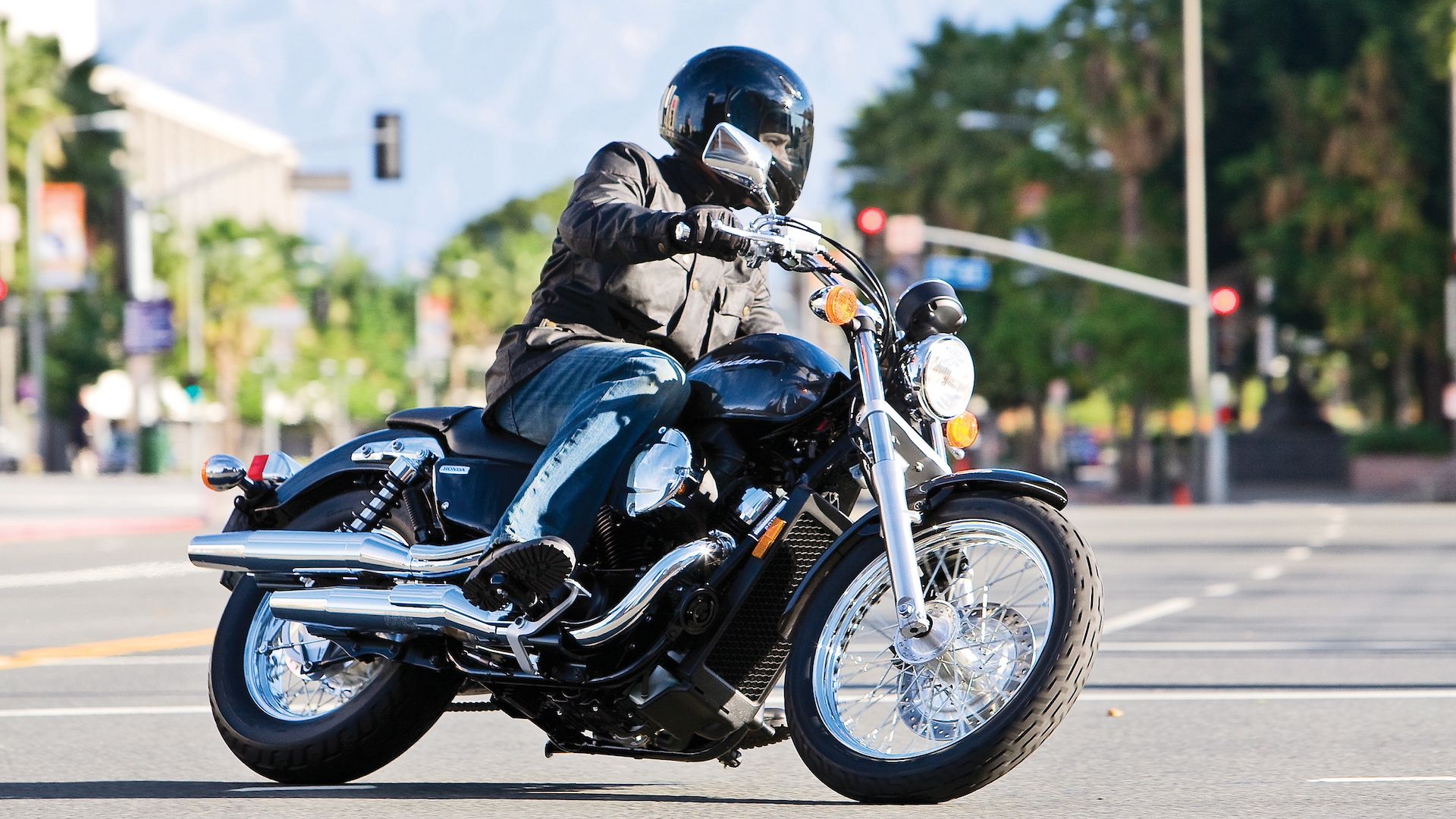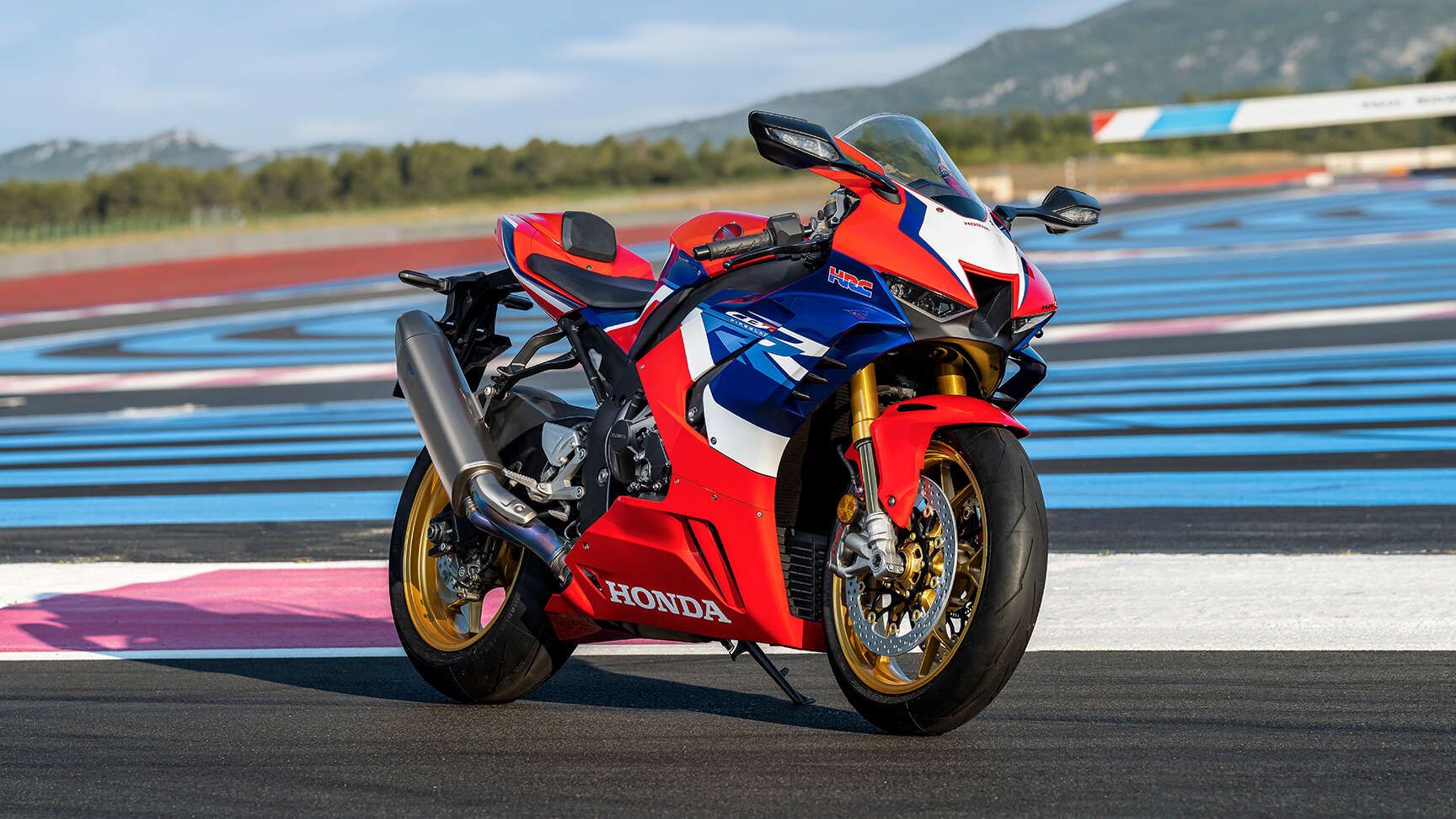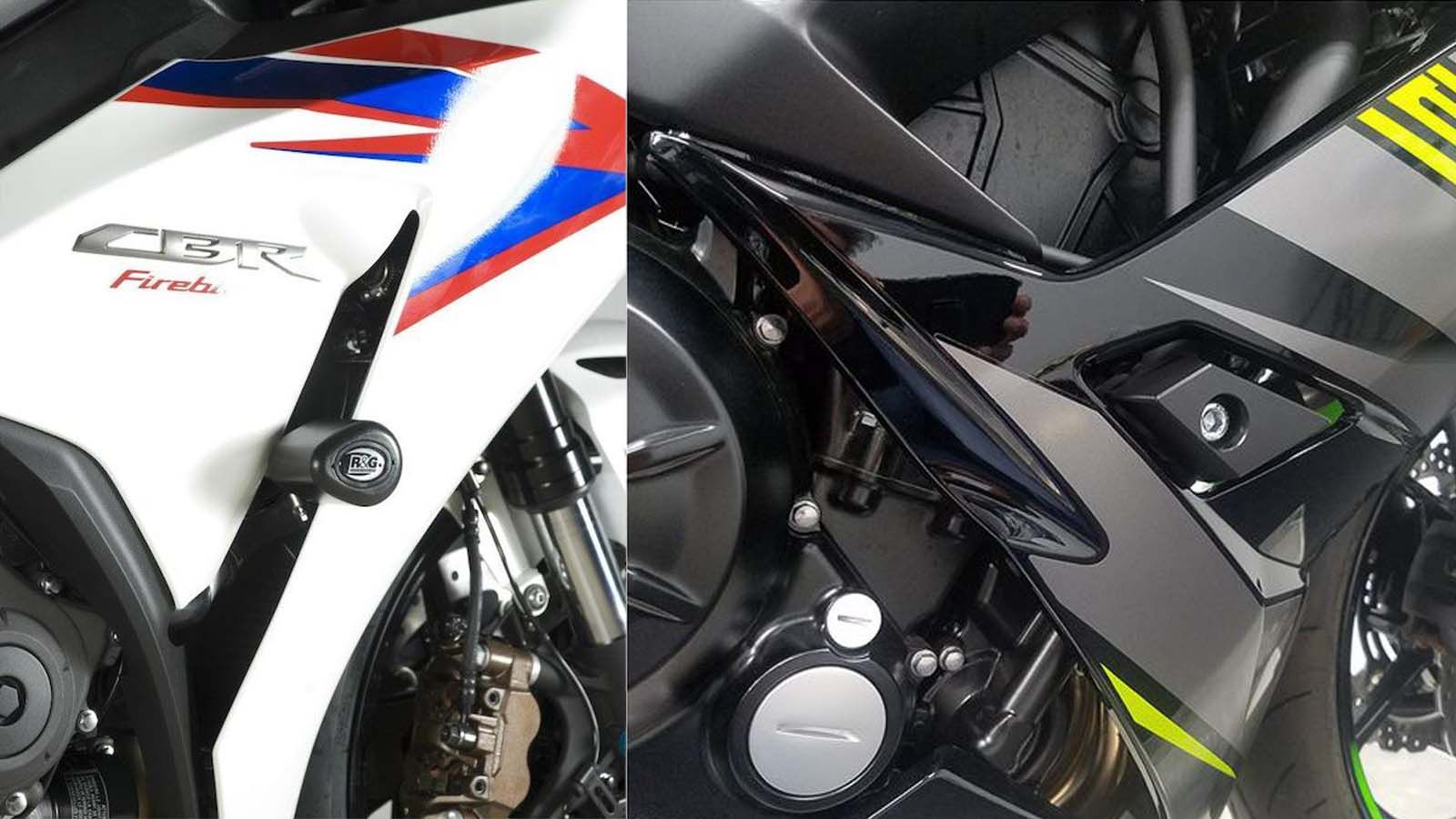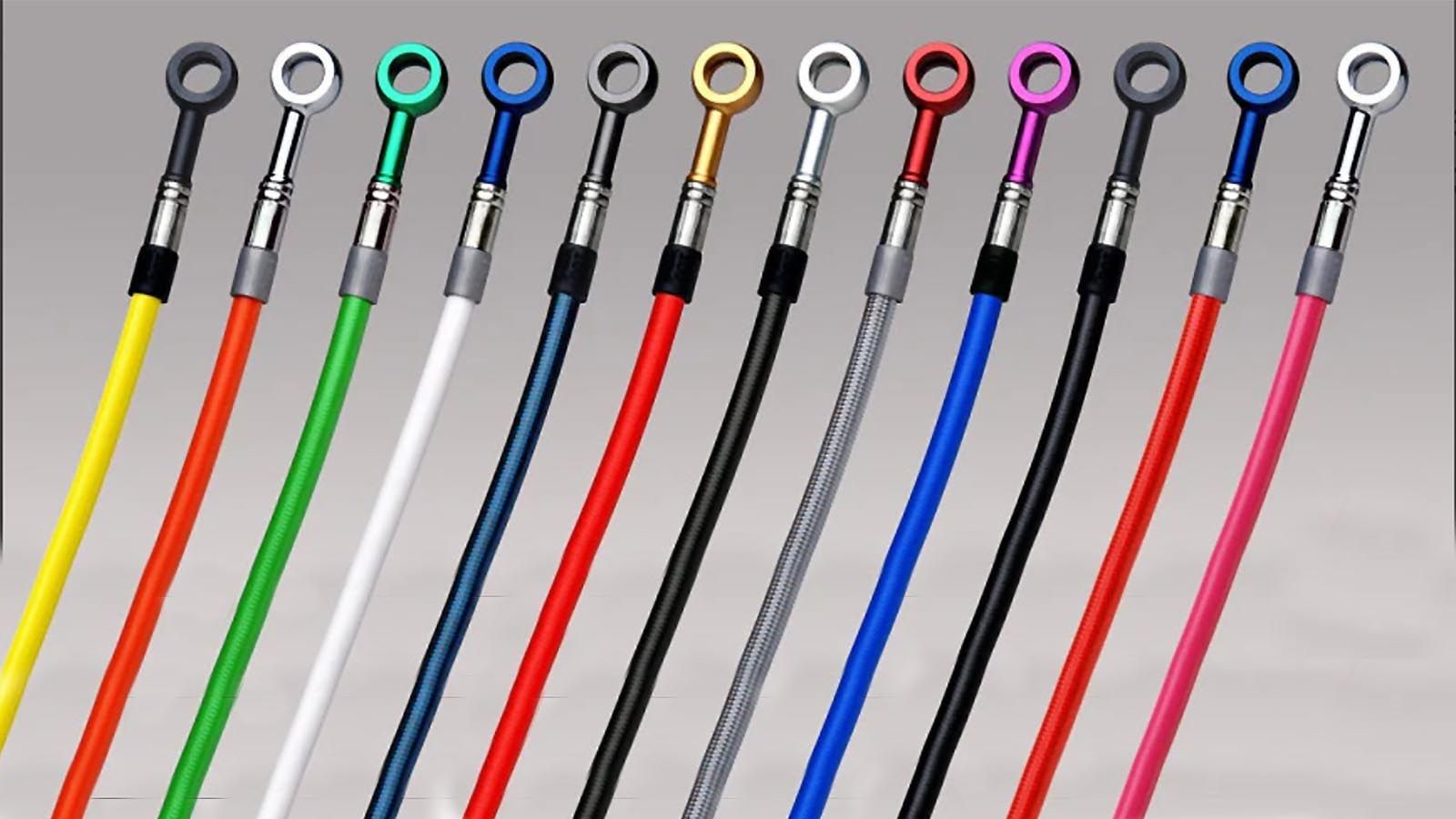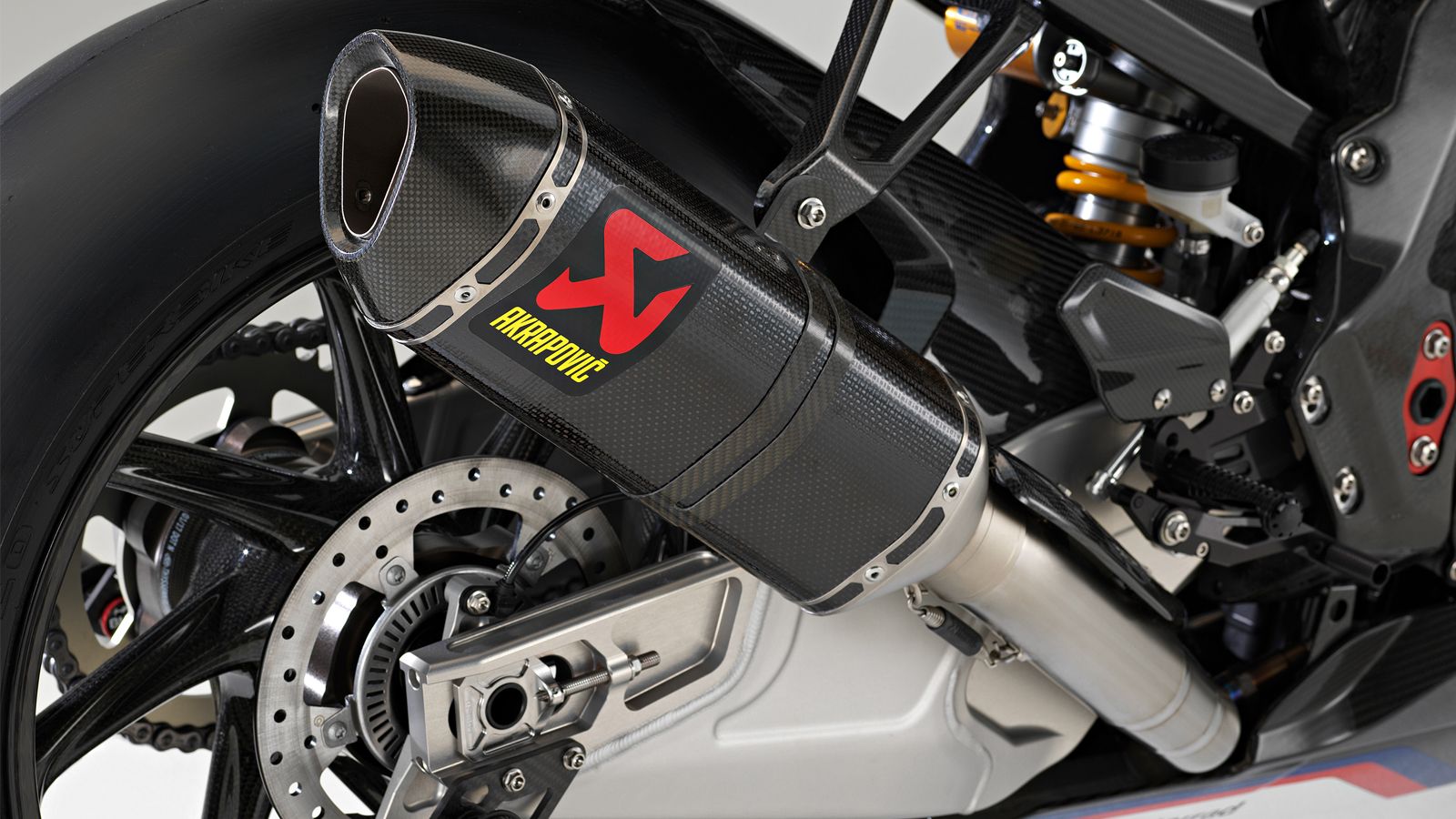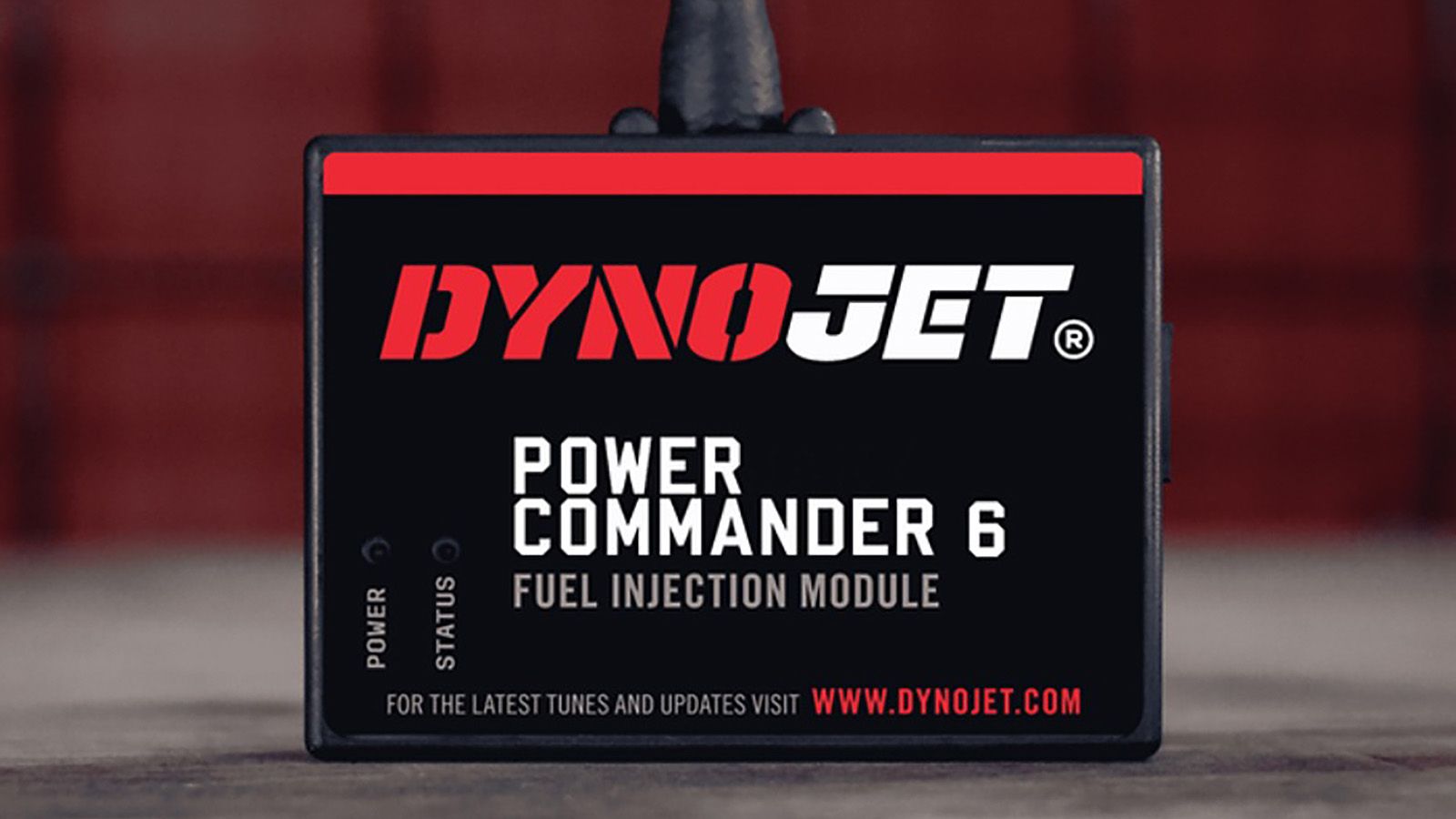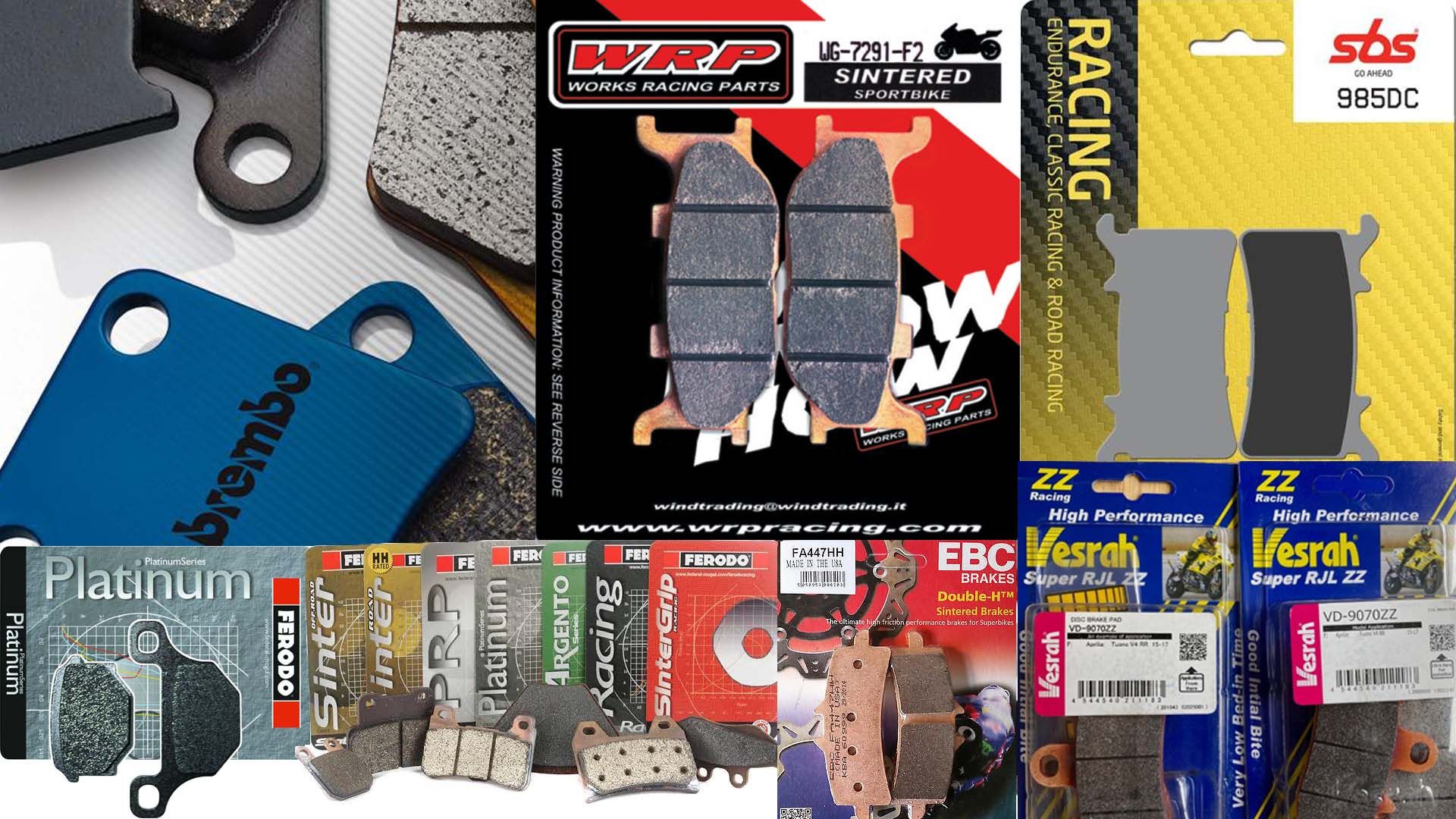Modern sportbikes don't need much improvement these days, but there may be some areas where they could benefit from an upgrade or two. Older motorcycles, definitely. There are tonnes of upgrades to choose from but start with the easy ones or the ones that your motorcycle needs most. It could be related to fit and function, so upgrading the motorcycle's handlebars, footrests, or seat will make sense or your old instrument panels dials are not visible at night, so a pair of Illumiglo reverse-style dials will take care of the visibility while tricking out your motorcycle. There are loads of manufacturers to choose from. Let's take windscreens as an example - Zero Gravity, Lockhart Philips, MRA, D.M.E., Puig, and LP Racing, come to mind. It's ridiculous. You wouldn't be surprised if Lockheed Martin made windscreens - of course they do! Those huge canopies on the F-22 Raptor, or somebody makes it for them. The point is that there's a whole industry of after-market parts out there to fit your budget and some of these upgrades won't break the bank. It will improve your ride, and you'd be wishing that you had done it earlier.
10 Lightening The Bike Equals More Horsepower
All motorcycles are not created equal. Some come out heavy, while some are just the perfect weight with the right amount of horsepower. So what do you do about the heavy motorcycles that don’t put out enough horsepower? The golden rule is for every 4 lbs you lose, you gain one horsepower. Some exhaust systems can weigh up to 44 lbs, especially if they’re dual systems with big cans. Put in a full system that weighs 15 lbs, and you’ve gained 7.25 horsepower. Pretty simple math, isn’t it? Other ways are to replace existing fasteners with titanium. Sure, it costs 150 bucks a pound, but you won’t save enough weight until you get deep into the engine, and did we mention they're strong and shiny?
Cost: $50 (Aluminum bolts for engine cases), $220 - $300 (Titanium bolts for engine cases).
9 Suspension
Many sport bike suspension settings are set for riders weighing 150 – 160 lbs. Read your service manual and you’ll notice that weight category. Not all of us fit into that bracket and if you’re a big person, well, there’s not going to be much travel left in the suspension once the preload (sag taken up by the rider’s weight) has been taken up, even after increasing preload and rebound adjustments. In this case, you’re looking at stiffer springs that will cater to your weight. Companies like Öhlins, Progressive Suspension, Race Tech, Nitron, etc. carry a line of suspension products that will fit your profile and if you're feeling adventurous for a complete swap out, be prepared to break the piggy bank. But it will take the handling of your motorcycle to a whole other next level.
Cost: $100 - $200 (Springs)
8 Going Lithium
Lithium batteries have been the rage for a while now. But you have to ask yourself, do you need it? Yes, lithium batteries are lighter, they take up less space which means you’ll have to pad up the extra space your lead acid battery once took up, and they have decent cold cranking amps. With that said, there are pros and cons to installing Li batteries.
Like all batteries, Li’s also discharge over time, but at a much slower rate than your normal lead acid battery. However, if they’re left unattended for too long, they discharge to a point where they become unrecoverable or suffer permanent damage, unlike lead acid batteries that can be recovered from an extremely low voltage. Lead acid batteries can last up to 5 – 6 years without any issues, as long as you maintain them. If there’s one thing Li’s don’t like, it’s cold weather – they’re averse to cold temperatures and will not crank effectively even if attempted several times. The only way to wake them up is to engage the headlight or bring the bike to a warmer area. Once warm, they will start up just fine. They may cost four times the price of a normal battery, but you need to weigh the pros and cons and decide which one is for you.
Cost: $98 - $350
7 Air Filters
Air plays a major role in providing combustion and extracting power from an engine while air-filters play an equally important part in protecting your motorcycle’s engine internals from environmental contaminants. Without the air-filter, a motorcycle engine would suffer premature damage if it wasn’t present to capture dirt, chips, and grime. Think of dust particles and sand getting trapped between the cylinder walls and the piston. You do get the picture? It’s like a piece of sandpaper rubbing away. Most motorcycle manufacturers build a reasonably good filter these days and some, well, not so good.
After-market companies like K&N or BMC offer filters that allow an ample amount of air to pass through them, but they also capture contaminants very well. So why would you want an after-market air-filter? The ones that choke the air out of your engine, robbing it of power, those are the motorcycles that require it most. Do you need corrective action in terms of fueling? Most modern motorcycles today with lambda sensors will be able to compensate for changes in airflow by up to 5% - 7%. With more serious modifications, that’s a discussion for another time.
Cost: $37 - $250
6 Frame Sliders
Got your first sports bike? Be prepared to fall. Not only are they heavy from your ordinary run-of-the-mill motorcycle, they’re crazy fast. The experienced fall too and if you’re on the track, be prepared to fall some more. Nothing’s worse than a gentle tip over to ruin your motorcycle’s expensive bodywork and immaculate paint job. Repairs can run into the thousands with multiple damages and that’s where frame sliders come in. For a couple of hundred bucks, plastic or acrylic bobbins or frame sliders or whatever you want to call them, jut out several inches, bolt into motorcycle frames protecting your expensive investment - plastic, handlebar ends, mirrors, levers, turn signals, and engine cases for that matter. There are loads of companies that offer them and they’re way cheaper than OEM.
Cost: $40 - $300
5 Steel Braided Brake Lines And Clutch Lines
Rubber-based brake hoses are the worst. They look nice when they’re new, but then they deteriorate with time and heat until they are no longer able to build up and hold hydraulic fluid pressure – nothing could be worse than a soggy brake at 100 mph. Steel braided lines offer a better alternative to the OEM rubber variants simply because the stainless steel covered by a Teflon hose of a reduced diameter can withstand heat and resist deformity under pressure while delivering superior braking performance.
There are also lines for hydraulic-based clutches that deliver similar performance when actuating the clutch via the lever. Some motorcycles come from the factory with very thin steel pipes running to the slave cylinder, but from the clutch master cylinder to the beginning of the steel pipe, it’s a rubber hose. In this case, the way to go is with a full steel braided line. Plus they come in all sorts of colors with colored anodized banjo ends with matching anodized banjo bolts. You won’t regret this upgrade!
Cost: $58 - $350
4 Full Exhaust Systems And Slip-ons
There are some exhaust systems from manufacturers that are quite decent and require little to no modifications. But there are some factory motorcycles with huge systems that weigh a ton! Some owners think they don't sound good enough. This isn’t the case really, and they’re heavy for a reason with all the glass wool stuffed in them and catalytic converters. It’s to control noise emissions which are regulated to approximately eighty-eight decibels. They do produce a great deep bass though, once you’re hurtling down a road and accelerating faster.
A full exhaust system when designed properly, the exhaust pulses should be evenly spaced out from the exhaust valves through the collector till the exit at the muffler. A four-into-one system will improve a motorcycle’s low-end range while other designs concentrate on improving mid-range or top-end. It all depends on the design and what you’re looking for. Since 2003, bikes have had to curb emissions due to stricter laws and the easiest way for manufacturers to do this has been to put in a device lined with rare metals that breaks down harmful exhaust gases. Getting rid of a bulky system not only helps shed weight but also helps with horsepower gains. But they are expensive especially titanium and carbon fiber-based versions, and in that case, slip-ons are an alternative that is economical and only requires the mufflers to be changed.
Cost: $300 - $2500
3 Fuel Management System
Fueling in older motorcycles is not the same as it is today, especially the older carburetor versions. Carburetor-based motorcycles in the eighties and nineties came running lean from the factory – to control emissions and protect the environment. The only way to correct this was to find the tamper-proof sealed plug hiding the air-fuel mixture screw and turn it out a quarter or a half turn – too much, and you’d be drowning in your own fuel.
Once fuel injection made an appearance in production motorcycles towards the late nineties, riders figured everything was sorted. Wrong! The government still had restrictions in place which meant your bike still ran lean, or it stumbled and hiccuped along the way, or it just wasn't smooth in the low rpm range. That’s where fueling management systems come in. There are many companies like Bazazz, Vance & Hines, and Cobra, offering fuel injection modules, but the best known by far is Dynojet. Their Power Commander or PC series simply plugs into your motorcycle harness’ fuel injector wiring while the PC comes pre-configured with your motorcycle's throttle position, speed, and gear position settings. The Power Commander doesn’t make changes to the ECU, it simply piggy-backs on the ECU and intercepts the fuel signals, and adjusts them based on your motorcycle's performance map that's uploaded into the PC. And if need be, the user can hook up a laptop to the Power Commander while connected to the motorcycle and make changes to fuel settings or load a different map – it works best if you take your bike to a professional tech who will dyno it in.
Cost: $350 - $700
2 Brake Pads
There are loads of brake pads available in the market and it’s all very confusing. Some come with labels mentioning sintered, some mention carbon, some platinum, HH, and then there’s ceramic. What does it all mean? Brake pads typically fall into 2 categories – sintered and organic. Sintered brake pads are mainly made from a mix of powdered metal that contains a copper alloy base with graphite and ceramic thrown into the mix and is cooked in a furnace and heated to a point below its melting temperature which is 100℃. Organic brake pads on the other hand are resin-based carbon material containing ceramic and are processed at approximately 500℃. Sintered metals have a higher melting point. So which brake pad should you choose? Well, you have to ask yourself what kind of riding do you do?
Sintered pads work well for a mix of street and track use. They require little break-in and bed in well with OEM rotors. So the next time you see HH mentioned, you can be rest assured that you’re getting a good performance brake pad that will work under a broad range of conditions. Just make sure the brake pads that you buy are not over five years old, or you're asking for trouble.
Cost: $40 - $350
1 The Final Drive
So you're looking for quick acceleration from the get-go, or maybe you're looking for some more top speed in the final gear. Whatever you choose, upgrading your motorcycle's front and rear sprockets won't break the bank. Going with a smaller front sprocket or a larger rear sprocket will give you hole-shot acceleration, but it’s always a gamble based on your choices. If you go down a tooth on your OEM front sprocket, you’re going to lose top speed. It's fairly easy to calculate.
If your top speed is 170 miles per hour, and you have a 17-tooth front sprocket, one tooth on it represents 1 part out of 17 which is roughly 6%. 6% of 170 is equal to 10.2 miles per hour. If you go down one tooth to 16, and your motorcycle’s original top speed was 170 miles per hour, your new top speed with a 16-tooth front sprocket works out to 160 miles per hour. You can calculate the same way for the rear sprocket. Just remember to install a new chain when you’re putting in new sprockets – the parts will wear evenly together.

